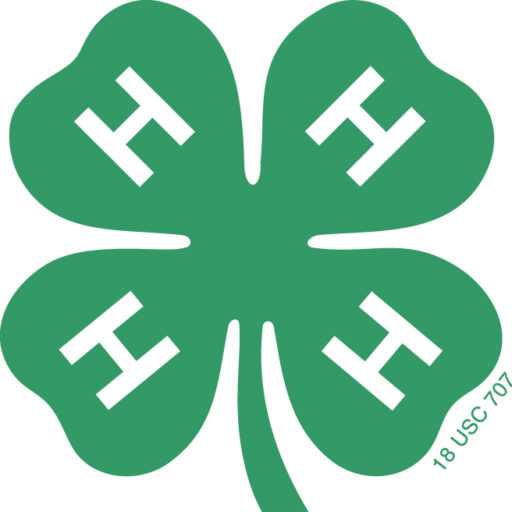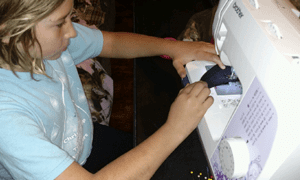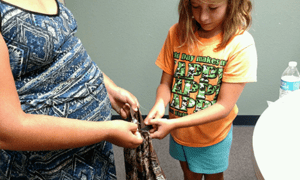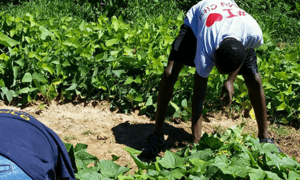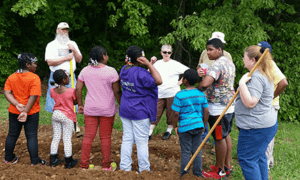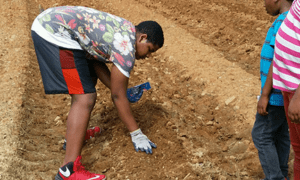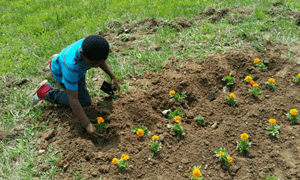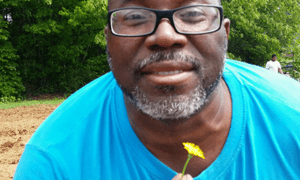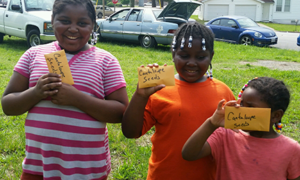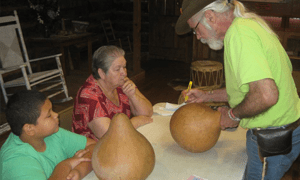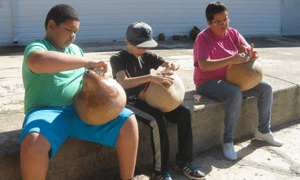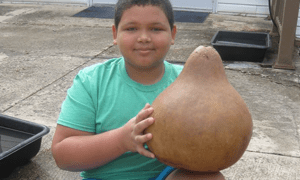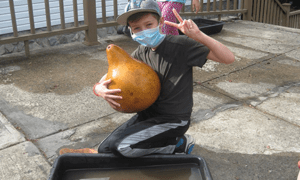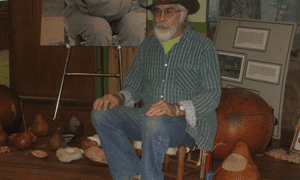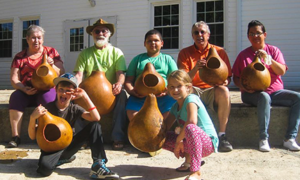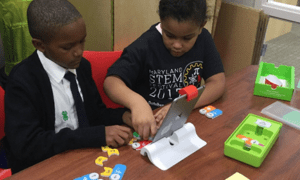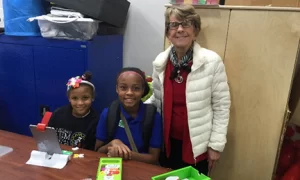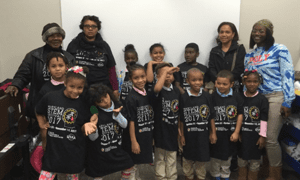The signing of this Act resulted in the establishment of 19 land-grant universities, which opened doors for African-American students who were given equal learning opportunities through scientific research and extension programs by higher learning institutions.
From the 1890 website:
“This act required each state to show that race was not an admissions criterion, or else to designate a separate land-grant institution for persons of color. Among the seventy colleges and universities which eventually evolved from the Morrill Acts are several of today’s historically Black colleges and universities (HBCUs).”
These colleges and universities, which represent about 17% of all HBCUs, are home to well-renowned past and present leaders. Many notable historical figures who played a major role in the development and advancement of the 1890 land-grant universities include Booker T. Washington and George Washington Carver (both of Tuskegee University).






